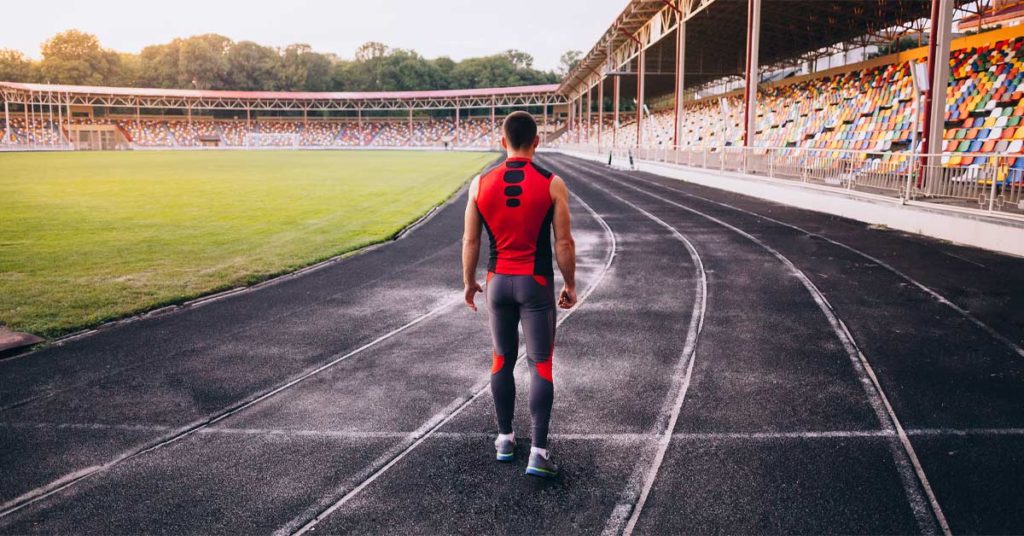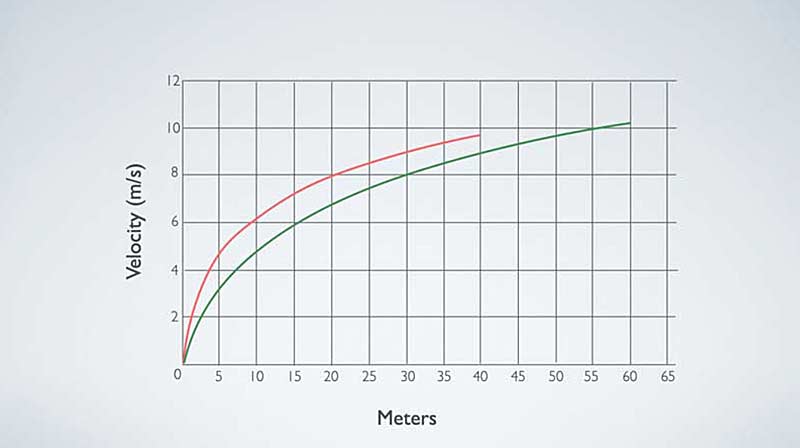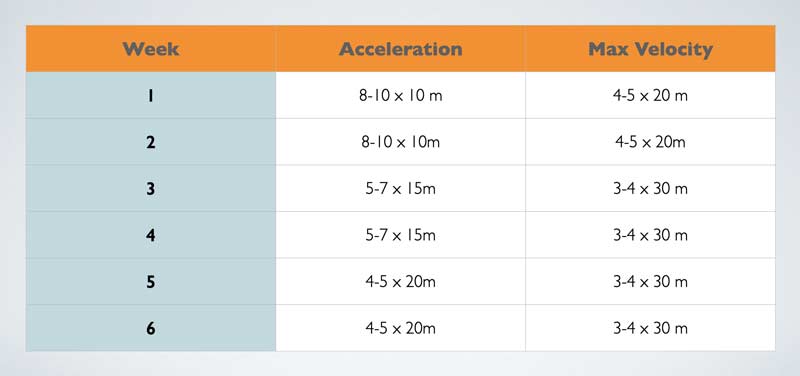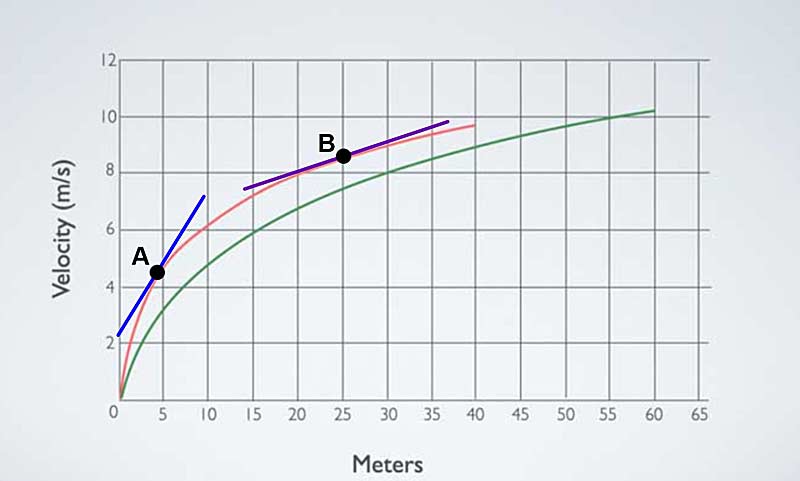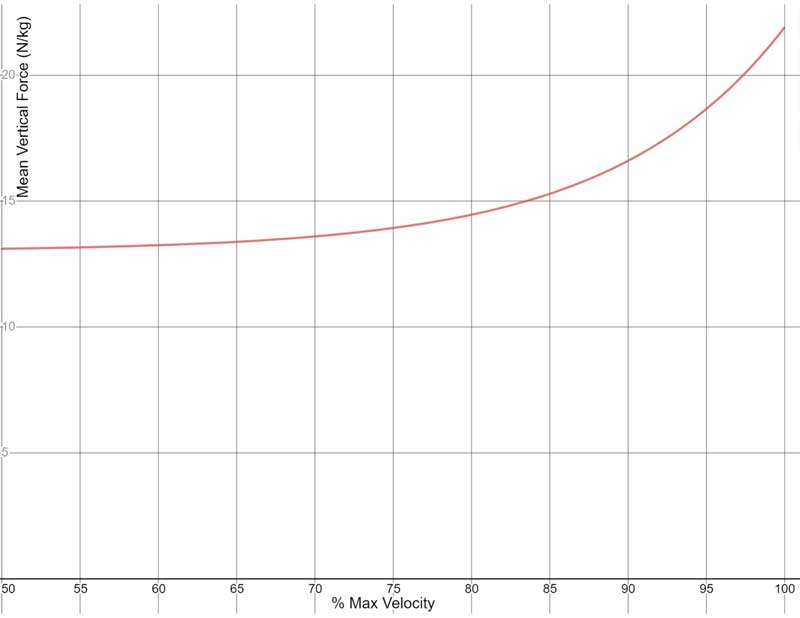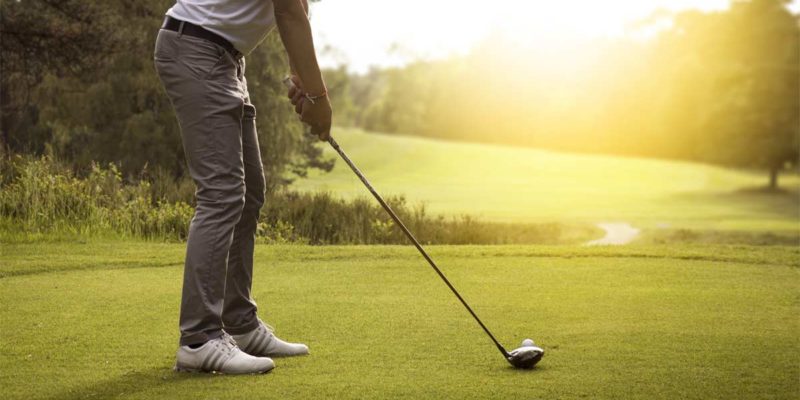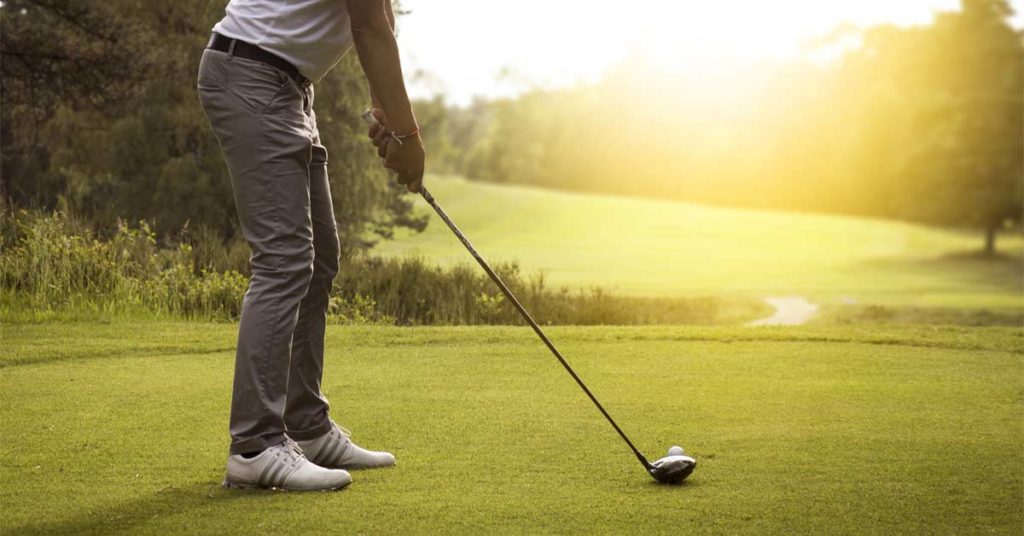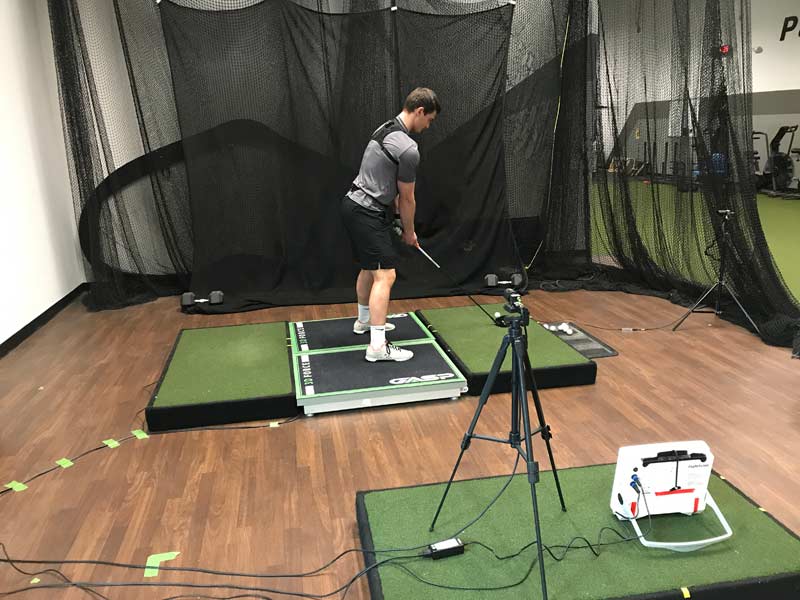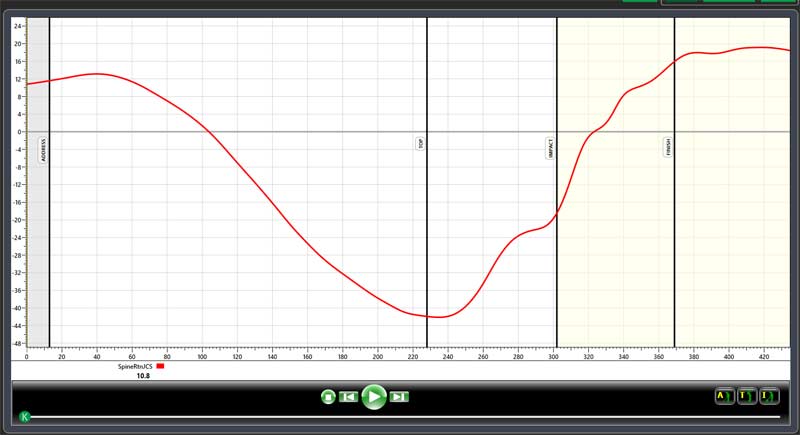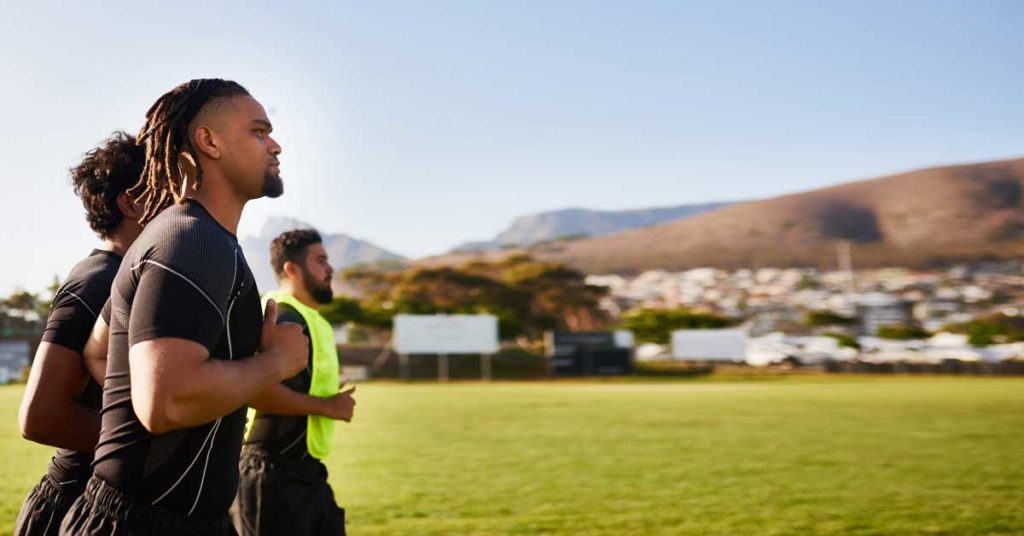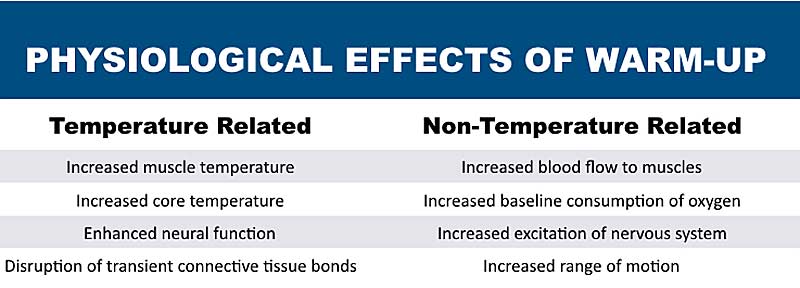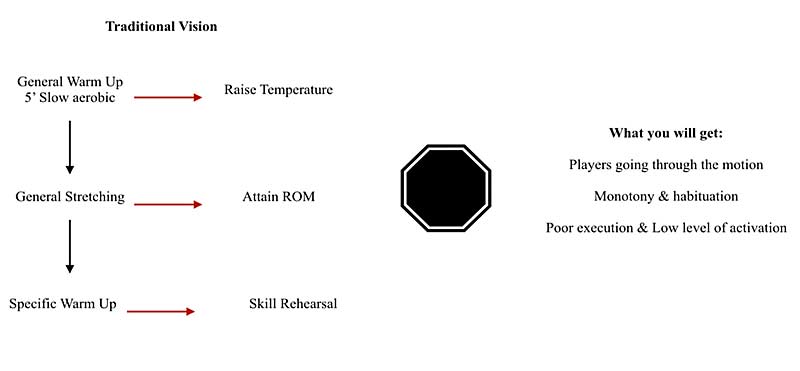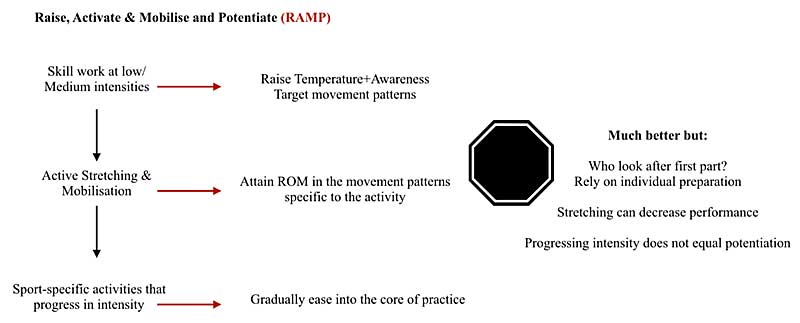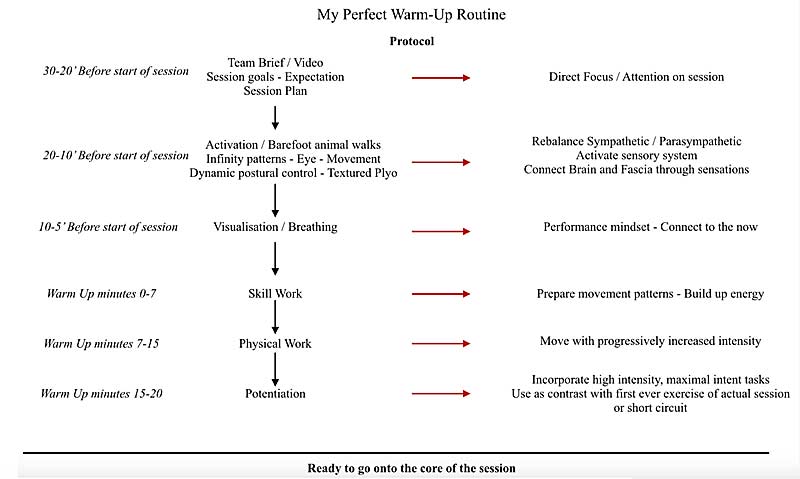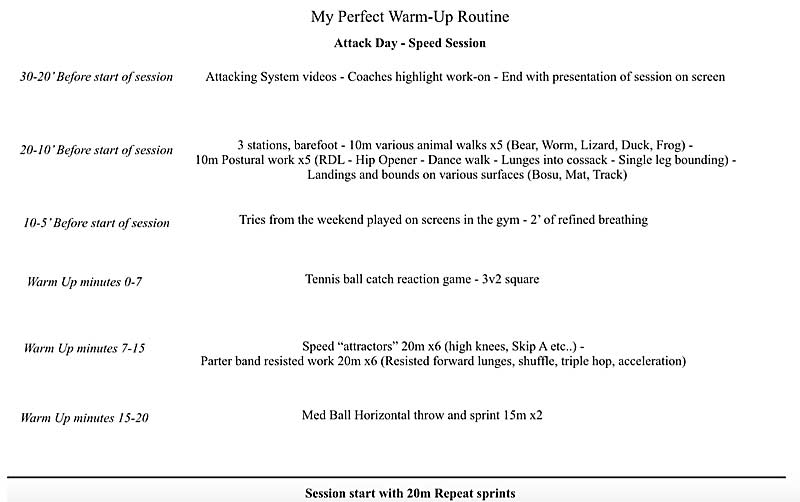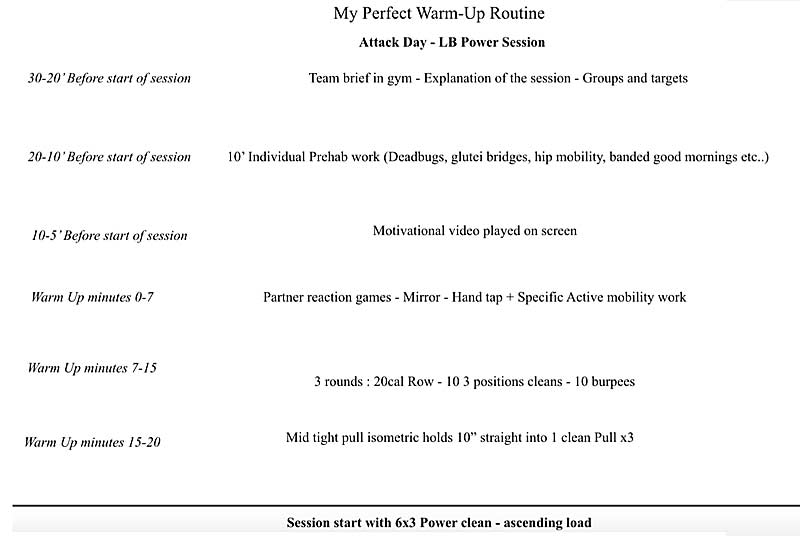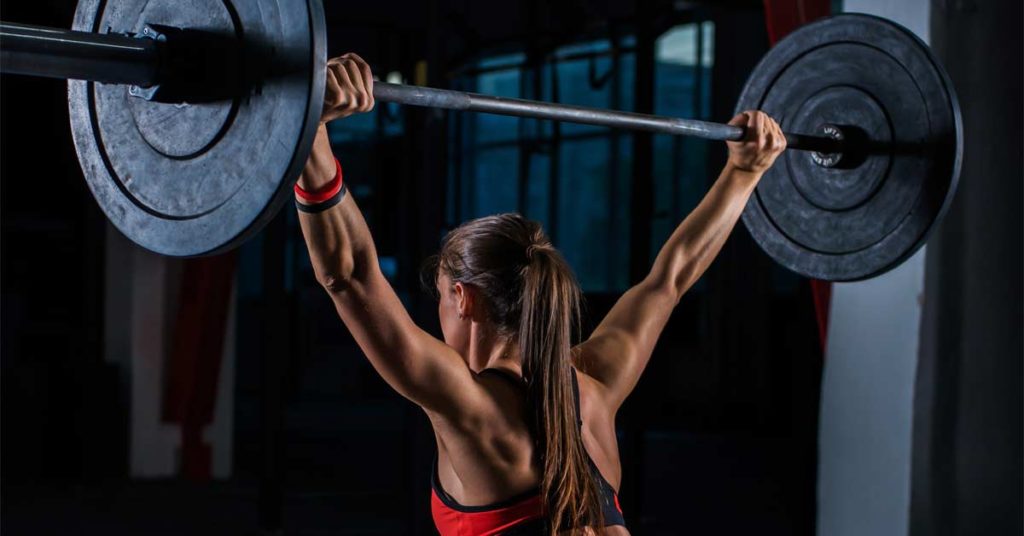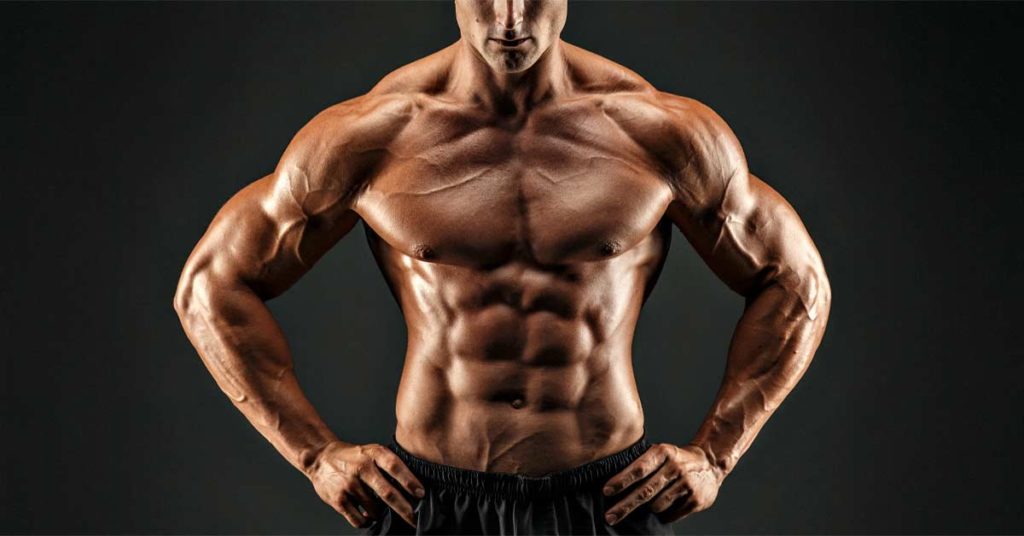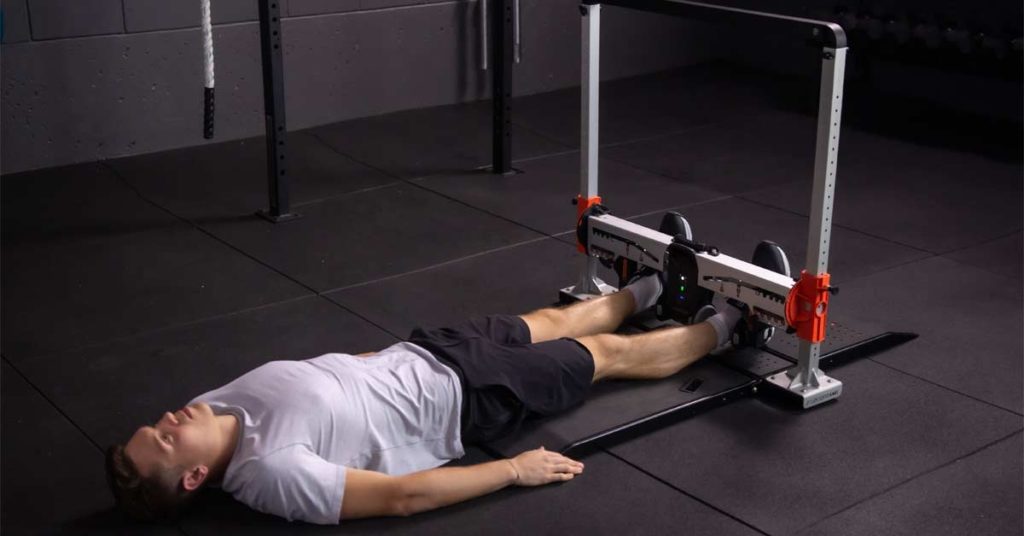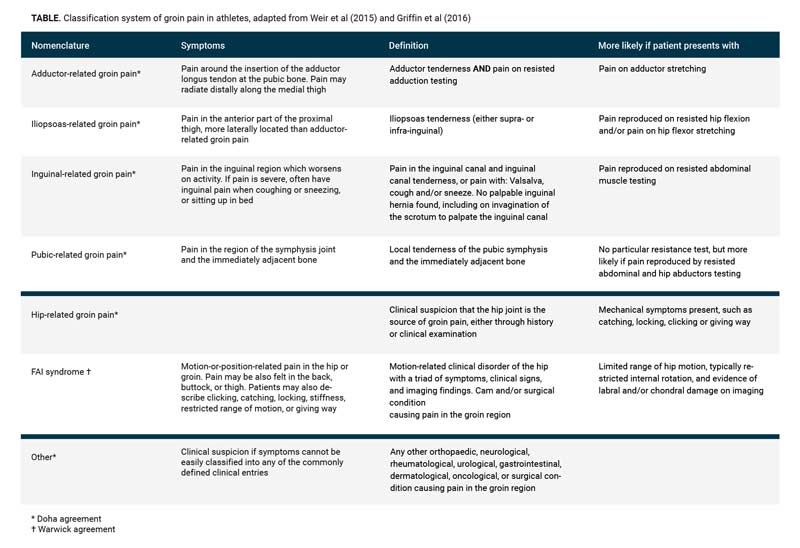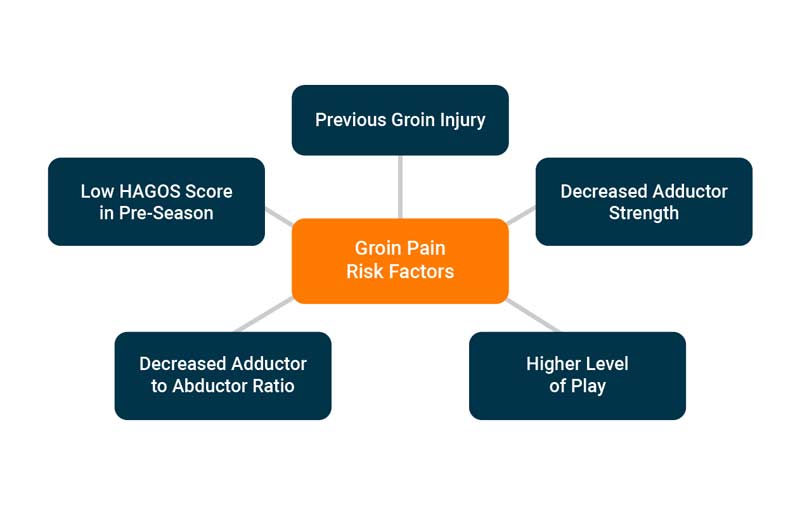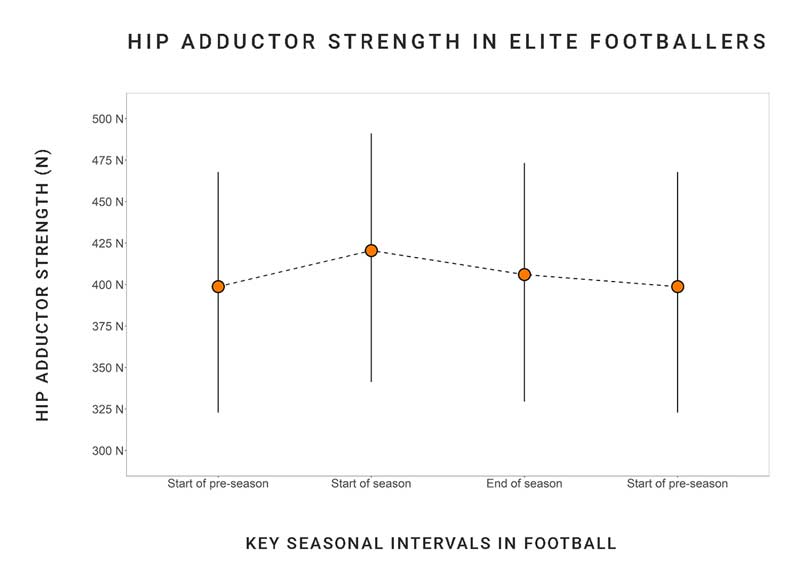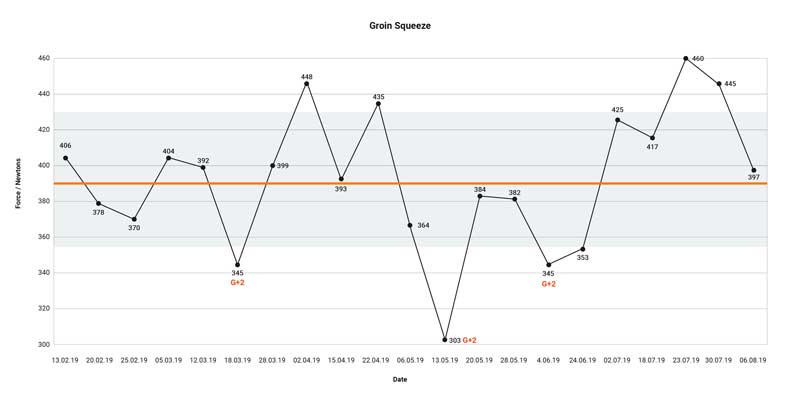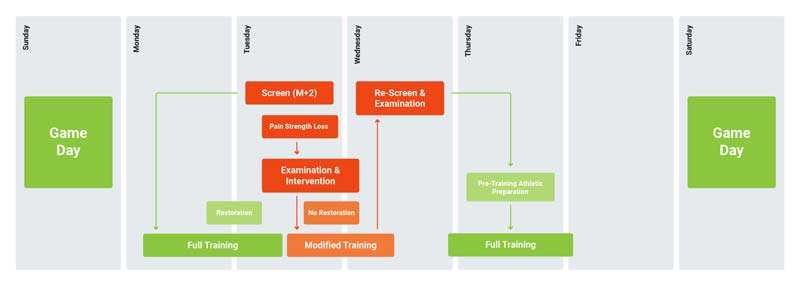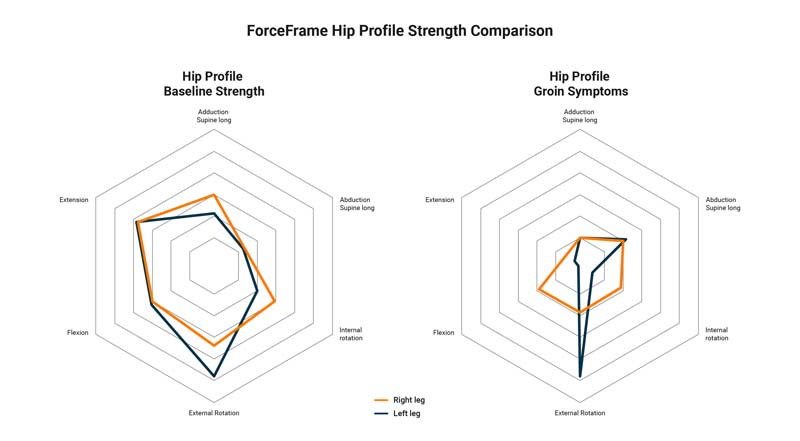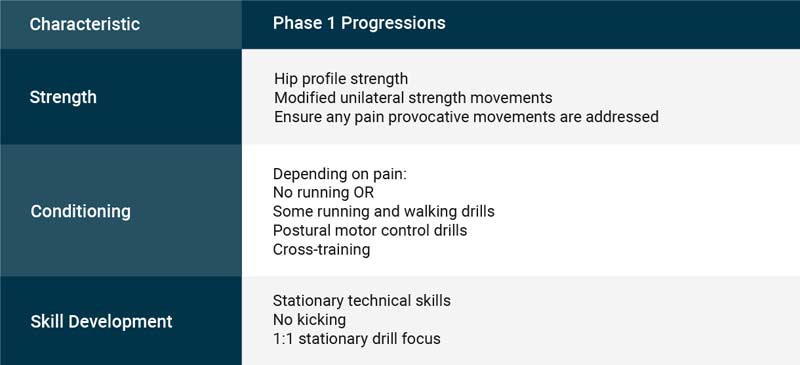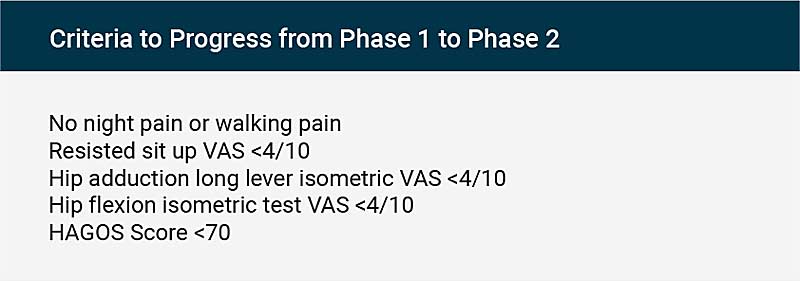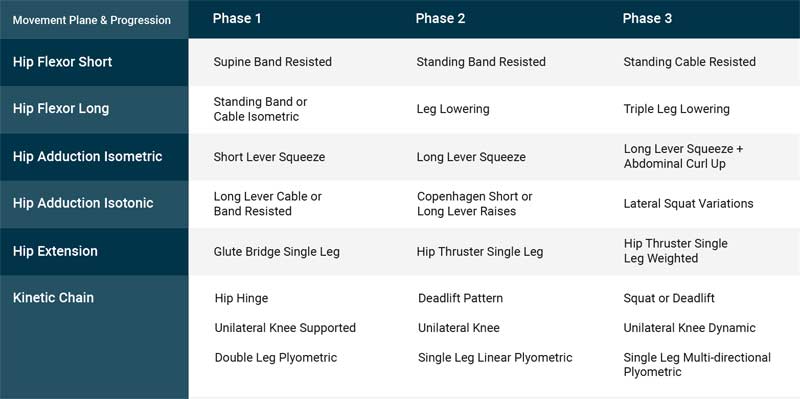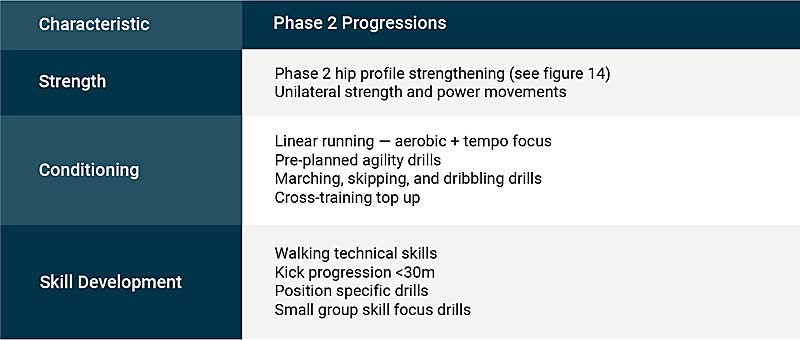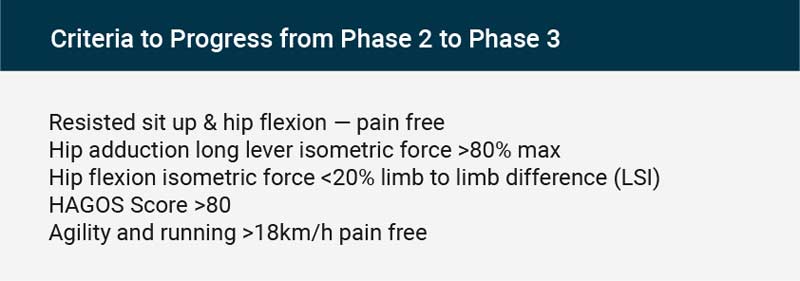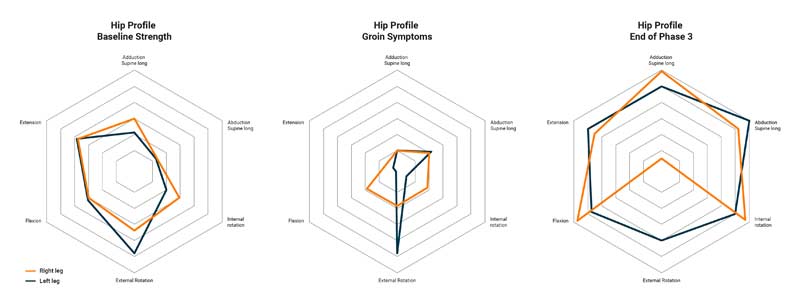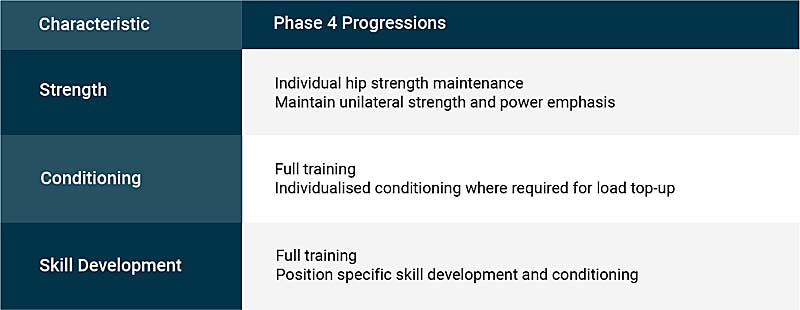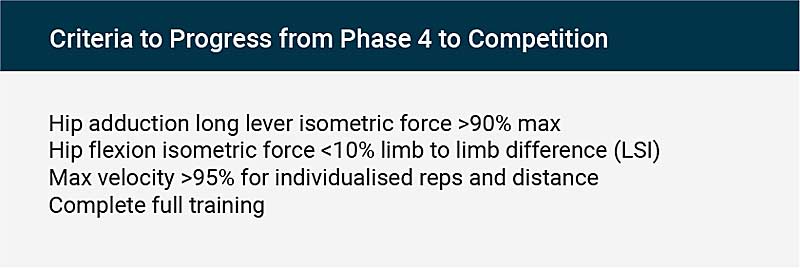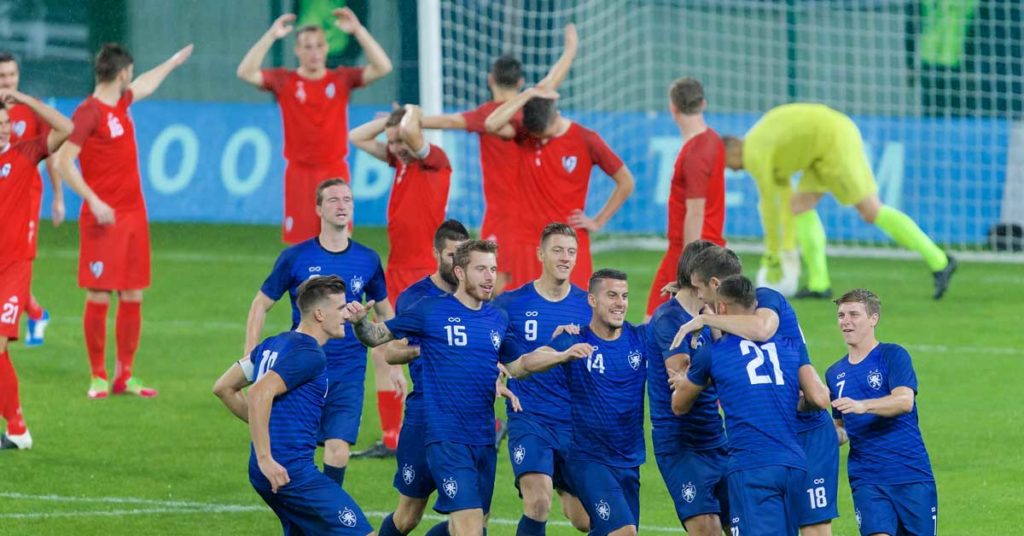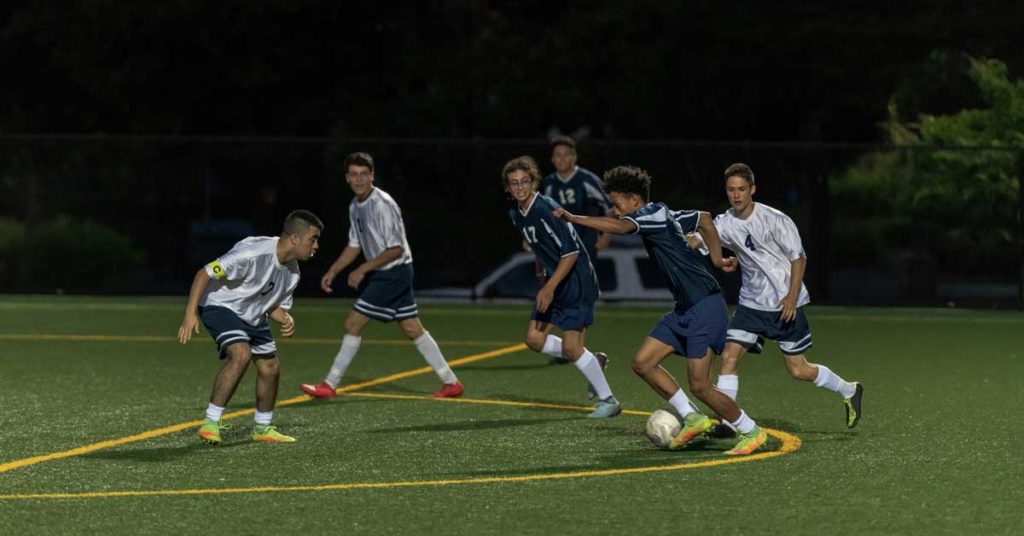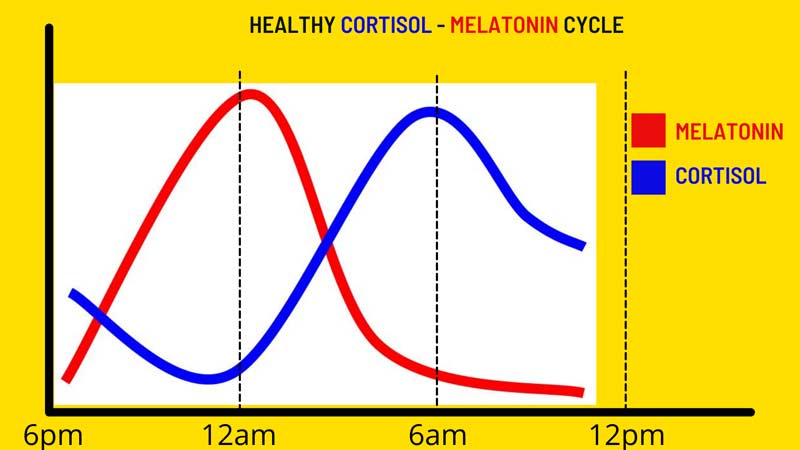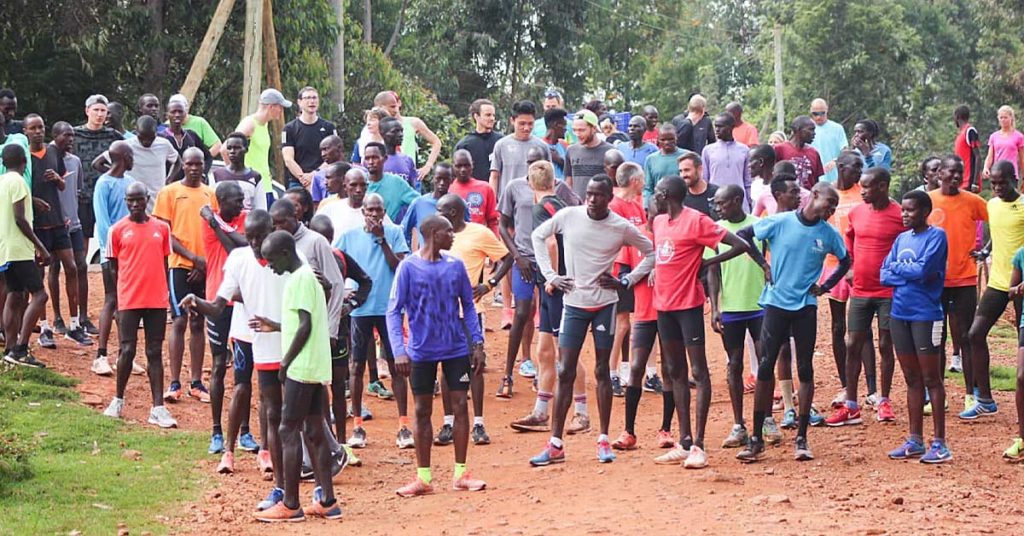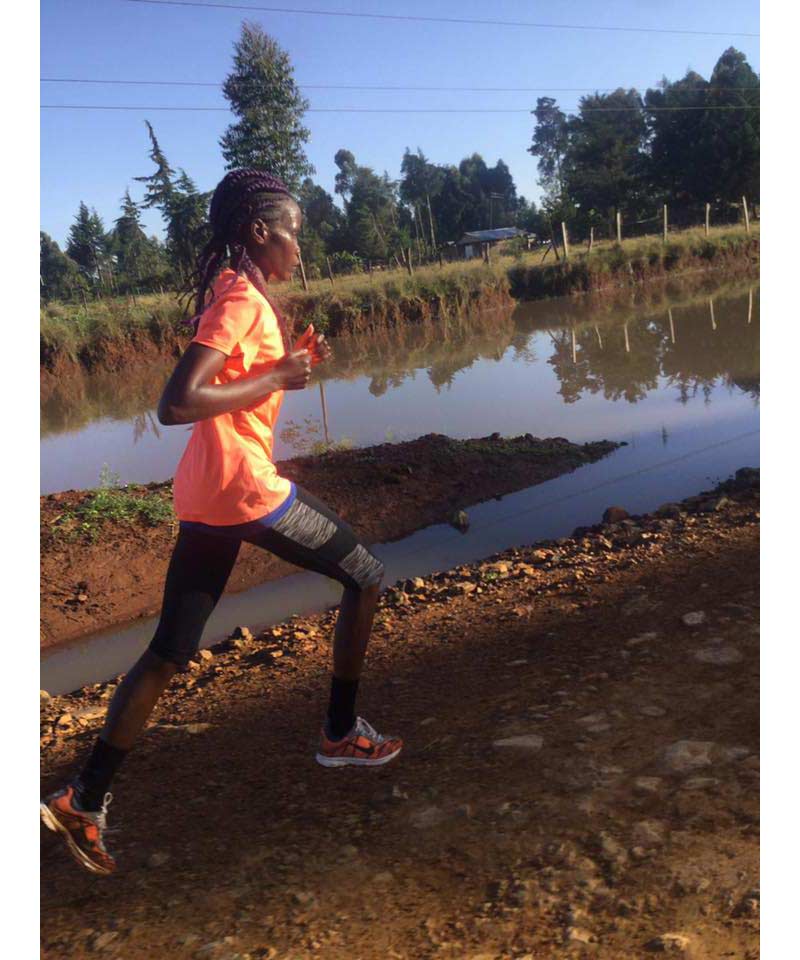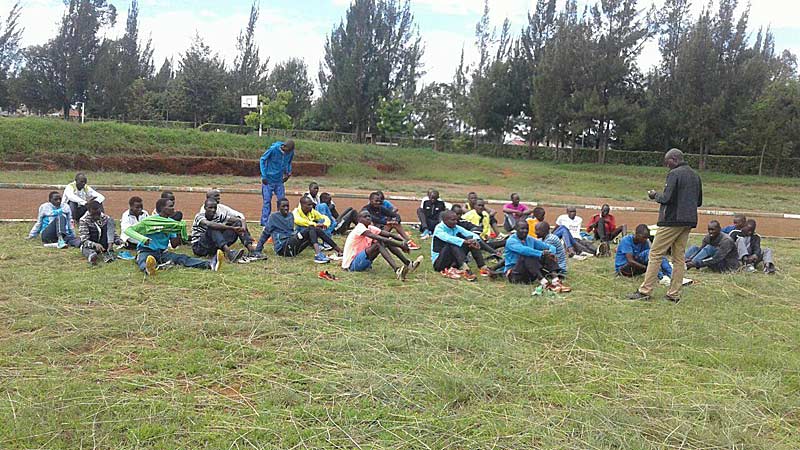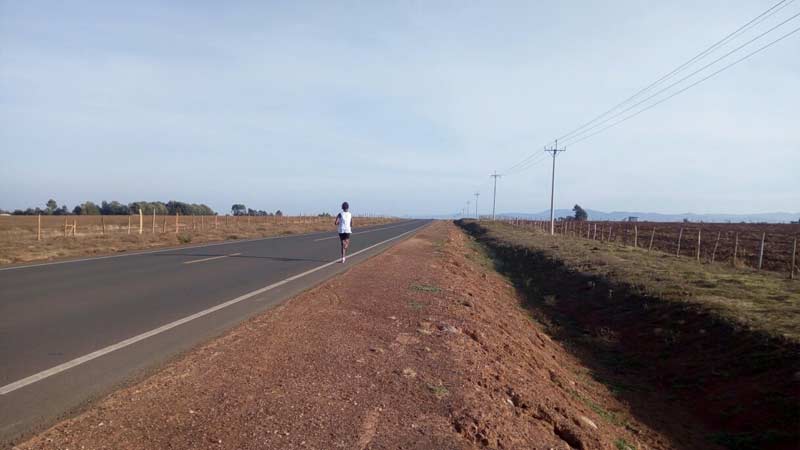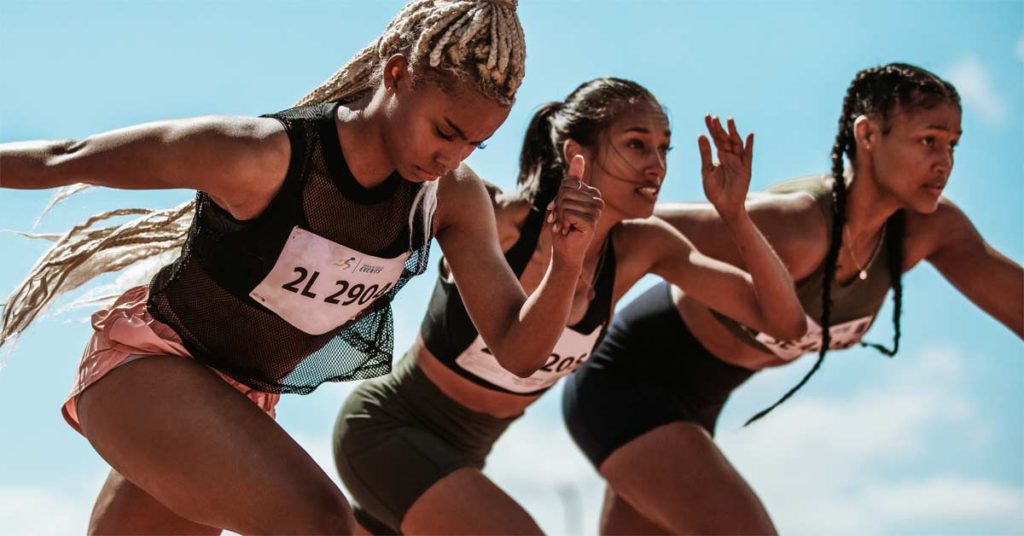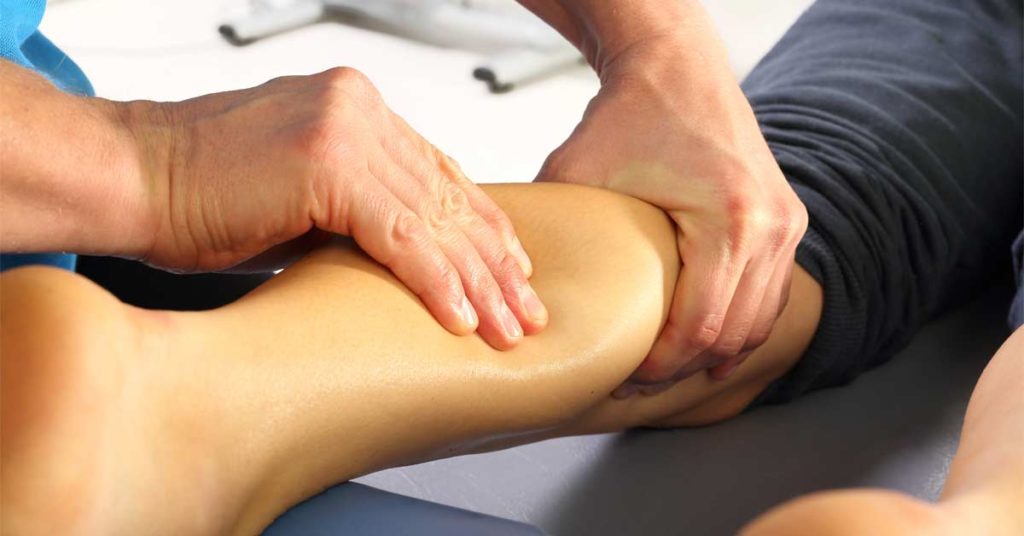
For nearly 30 years, Travis Skaggs has helped elite and recreational athletes be at their best. Athletes in the NFL, NBA, MLB, and NHL have all benefited from his sports massage and therapy. No stranger to track and field, Travis has helped an array of sprinters and runners make the podium at the Olympic level and at World Championships. Recently retired, Travis still works with a handful of clients to maximize their regeneration and well-being.
Freelap USA: Posture isn’t necessarily a cause of injury or a way to get a competitive advantage, but can you share what you have done with athletes over the years working as a soft tissue therapist?
Travis Skaggs: Much of the research is unlikely to show a strong relationship with body alignment and structure, but as the athlete does more absolute work and higher outputs, the laws of physics will indeed come into play. One example is lumbar lordosis due to training versus joint architecture. An athlete may change their posture and not improve their injury rate if they run faster, so it’s not as simple as “fixing a problem.”
Much of this is so individualized that I don’t know how you can possibly do any peer review research. Share on XRemember that a more neutral set of hips may be due—but not always—to an inability to handle loads in that position, and some athletes have gone on to win national and world championships simply by adding pelvis-strengthening exercises. Much of this is so individualized that I don’t know how you can possibly do any peer review research. But if athletes are not changing their speed training and they are changing their therapy, we need to find out why they are running faster, as this isn’t a placebo if they are already a believer in body work.
Freelap USA: You worked with athletes who eventually went on to medal and become world champions in track and field or team sports. Can you share the levels of therapy that make a difference with training and performance?
Travis Skaggs: Theoretically, three levels of therapy exist. They are rehabilitation, recovery, and acute performance. Most of what we know on the performance side is very speculative, but we do know that rehabilitation and recovery have evidence to support that body work is part of the process of many elite training programs.
Most athletes come to me when they are injured and need care with the acute trauma they are in. Some athletes realize that heavy training may benefit from the use of manual therapy if used right, and those who can afford to travel with a therapist tend to use manual work to top off their program. I have worked with athletes who fly in for treatments, and I have gone to championships to help them fine-tune any residual hypertonia from heavy training and competition. Doing so clearly is psychological, but we have done enough work with instrumentation to know that some tissue properties change after treatment.
Freelap USA: The pelvis is more than core muscles. Can you get into how you treat athletes who have compensated for years with movement strategies that don’t seem to work well for them?
Travis Skaggs: Anterior and posterior tilt is popular in research and in training, but the ability of the pelvis to move in all planes without unnatural restriction is key for high-performance speed athletes. The quadratus lumborum and psoas are often culprits with athletes who chronically train and move in ways that they can succeed in, but they are not necessarily causing injury. An athlete may be tight and still have adequate range of motion in sporting actions, but they are often more prone to fatigue and poor performance than having fluidity within those ranges.
I do manual therapy not necessarily to get extension but to help athletes get into those positions more easily. Share on XI do manual therapy not necessarily to get extension but to help athletes get into those positions more easily. Athletes can test weak and be strong in their sport, or they can test great in isolation and not have the coordination to take advantage of their strength training. It’s up to the therapist, strength coach, and team coach to work together.
Freelap USA: Tissue texture is a difficult realm to talk about. You have had world-class therapists use instrumentation to evaluate the tissue, and it seems you manage tone with just your hands. Does this matter for training or is it just feeling good later due to endorphins?
Travis Skaggs: Tone is a very finite concept that some therapists believe in and some do not. Muscle tone and texture is something I have manipulated and improved, and the results have been essential to those athletes who didn’t respond to conventional loading such as strength and conditioning. Most of the therapy I do with injured areas doesn’t feel like a spa treatment, so endorphins alone can’t explain how it helps an athlete. Very local areas may neurologically relax and no longer guard when an athlete is training, so much of the neuromuscular adaptations are due to the athlete learning how to accept hands-on massage.
Freelap USA: Scar tissue is a controversial topic in the therapy world. You had an athlete who used medical imaging twice, specifically MRI, and the scar went from 3 inches long to nearly not identifiable in a matter of weeks. Did you break down the scar manually or did the work enable remodeling from eccentric training? Is it possible to just train to get the same effects?
Travis Skaggs: One example was an athlete who came to me from out of state and missed an entire season of track due to a hamstring injury. The scar was thick and long and could be palpated by a novice. Eccentric exercises were not working, as they brought discomfort but without the rapid coordination to engage during sprinting. After three days and follow-up training with high-repetition eccentric training with lower loads, the hamstring remodel and the MRI showed no visible scar.
Theoretically, a scar is so inelastic that it just overloads the healthy area, and manual therapy with eccentrics directly challenged the area to remodel. Medical imaging with sonography and MRI technology are not perfect, but the athlete in question ended up breaking the school record in the 100 that season and was unable to feel the scar while sprinting or through touch.
Since you’re here…
…we have a small favor to ask. More people are reading SimpliFaster than ever, and each week we bring you compelling content from coaches, sport scientists, and physiotherapists who are devoted to building better athletes. Please take a moment to share the articles on social media, engage the authors with questions and comments below, and link to articles when appropriate if you have a blog or participate on forums of related topics. — SF


